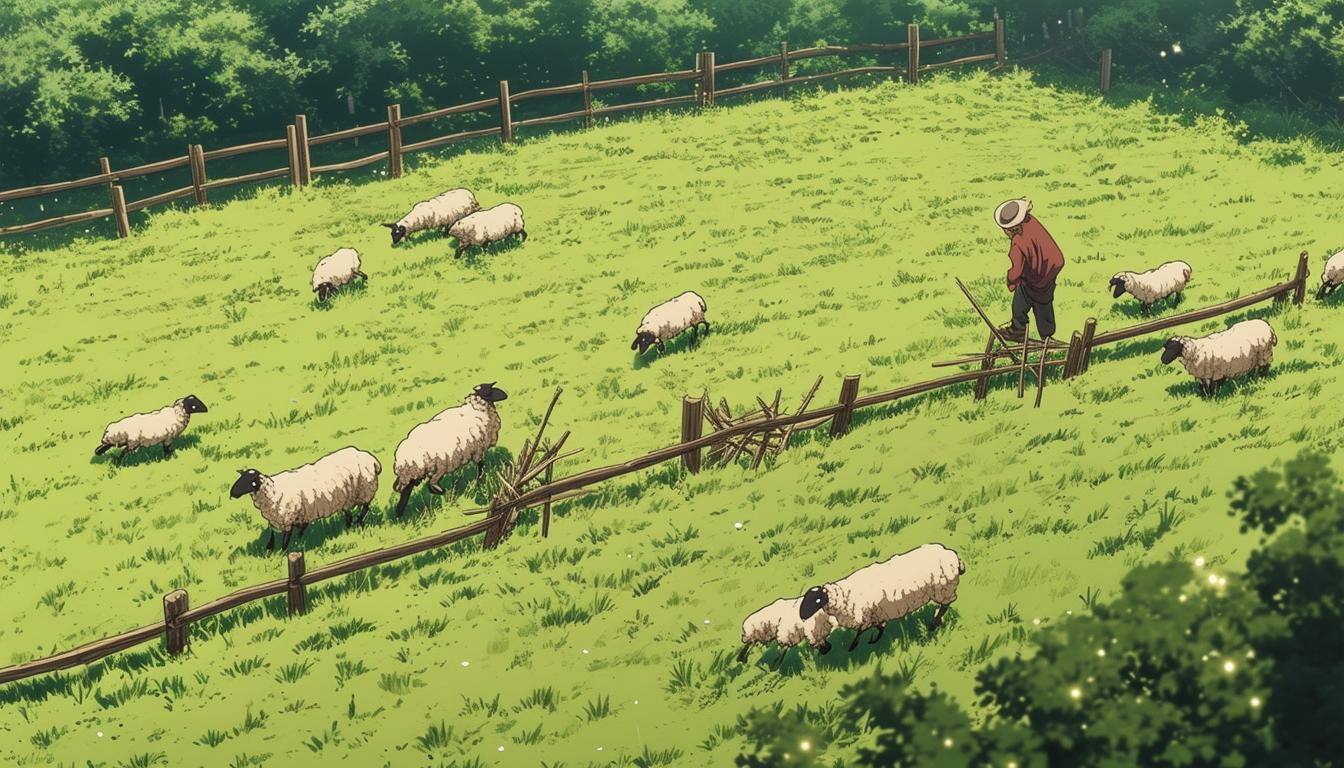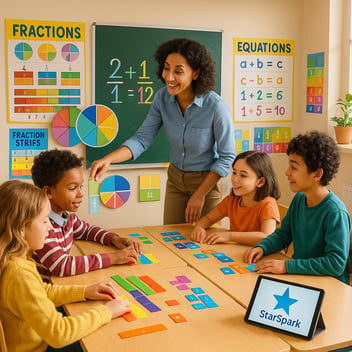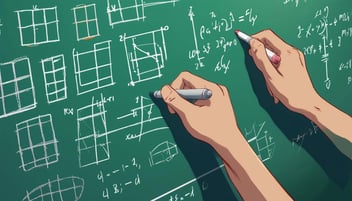Unlocking the Mystery of Maximum Area: A Math Adventure for Middle School Students!

Exploring Geometry Through Area and Perimeter
Hey everyone! Today we’re taking on a classic geometry challenge that mixes creativity, logic, and a little bit of algebra. Have you ever wondered how to make the biggest possible space with a set amount of fencing or string? That’s what we’re exploring — how area and perimeter work together to create the most space you can get.
This activity is a fun way to see how math connects to real life. It’s perfect for middle school students who are learning about rectangles, formulas, and how changing one side can change everything else. Whether you’re building a model pen for a pet, designing a garden, or just testing your math skills, this problem will help you think like a mathematician and visualize how numbers shape the world around you.
Ready to find the biggest rectangle possible? Let’s get started!
The Challenge:
Imagine you have 32 units of fencing. You want to build a rectangular pen for your pet sheep (or maybe a super cool robot!). What's the biggest pen you can make?

This isn't just about adding up sides; it's about finding the maximum area possible with a fixed perimeter. Let's crack this puzzle!
1. The Area-Perimeter Connection
First things first, let's recap:
- Perimeter: The total length of all the sides of a shape added together.
- Area: The amount of space inside a shape.
For a rectangle, these are calculated with:
- Perimeter: P = 2l + 2w (where l = length, w = width)
- Area: A = l * w
2. Turning Words into Equations
Our problem gives us:
- Perimeter (P): 32 units
Let's use this to express the length (l) in terms of the width (w):
- 32 = 2l + 2w
- 16 = l + w
- l = 16 - w
Now, substitute this value of 'l' into our area equation:
- A = (16 - w) * w
- A = 16w - w²
Whoa! We've got a quadratic equation! This means we can plot it on a graph.
3. Graphing the Quadratic Equation
Remember, in a quadratic equation (like ours: A = 16w - w²), the highest or lowest point on the graph gives us the maximum or minimum value. In our case, it'll show us the maximum area.
- Plotting the points: Choose different values for 'w' (the width), calculate the corresponding 'A' (area) values using our equation, and plot these points on a graph.
- Connecting the dots: Join the points smoothly to form a curve – this is a parabola!
Now, lets see what areas result from choosing different side lengths.
| Width (w) | Length (16-w) | Area (16w - w²) |
| 2 | 14 | 28 |
| 4 | 12 | 48 |
| 6 | 10 | 60 |
| 8 | 8 | 64 |
| 10 | 6 | 60 |
| 12 | 4 | 48 |
| 14 | 2 | 28 |
Plotting this, gives the maximum area as the peak of the graph.

4. Finding the Maximum Area
The peak of your parabola is the magic spot! Look at the 'A' value (y-coordinate) at this peak – that's your maximum area! The corresponding 'w' value (x-coordinate) tells you the width that gives you this biggest pen.
Important Note: Remember that squares are special types of rectangles. Don't be surprised if your graph shows that a square shape gives the maximum area!
Why This Works
This problem shows us that area and perimeter are linked. Changing one affects the other. By expressing the area in terms of one variable (width), we can visualize this relationship and find the maximum area using a graph.
Challenge Yourself!
- Try this with different perimeter values. Do you notice any patterns?
- Can you think of other real-life situations where finding the maximum area is important?
Middle School Math Tips: Building Strong Problem-Solving Skills
Learning math is a lot like learning a sport. You get better by practicing small moves every day and understanding how they connect. Here are a few tips to make geometry and problem-solving easier:
-
Draw it out.
Start with a simple sketch of the shape and label what you know. Visuals make it easier to see patterns and relationships between length, width, and area. -
Write down the formulas.
Keep your go-to formulas handy. For rectangles, remember:
Perimeter = 2(l + w) and Area = l × w. -
Change one thing at a time.
Adjusting one side of a rectangle affects the other. Try different numbers and see how it changes the total area. -
Check your answers logically.
Ask yourself, “Does this make sense?” Math becomes easier when you connect it to real-world thinking. -
Practice, don’t memorize.
Instead of memorizing steps, try to understand what’s happening. That’s how you build confidence and independence in math.
Tips for Finding the Maximum Area
If you ever need to find the biggest possible shape with a fixed perimeter, here’s what to remember:
-
Equal sides often create the most area.
For rectangles, the shape with the largest area and a fixed perimeter is always a square. -
Turn words into equations.
Translate the problem into math form using variables. This helps you see how changing one side affects the other. -
Use a table or graph.
Listing values or plotting them can make patterns clear and help you spot the maximum area visually. -
Explain your reasoning.
Practice saying how you got your answer. This shows real understanding and prepares you for tougher math later on.
Parent and Student FAQ
Why is this problem important for middle school students?
It teaches how geometry, algebra, and reasoning work together. By seeing how changing one side affects the total area, students learn early algebra skills and critical thinking.
How can parents help their child practice geometry at home?
Encourage your child to measure, draw, and build things. Cooking, gardening, and model projects all use perimeter and area without feeling like homework.
What’s the best way to build confidence in math?
Focus on progress, not perfection. Celebrate effort, ask questions that guide thinking, and use tools like StarSpark.AI that make math practice personal, visual, and interactive.
Why does the square always give the biggest area?
A square spreads the perimeter evenly across all sides, creating the largest space possible. This is a great early lesson in balance and optimization.
What’s the next step after mastering area and perimeter?
Students can explore surface area, volume, and coordinate geometry. These topics expand the same thinking skills they practiced here, building a foundation for algebra and advanced math.





